“If you accept a limiting belief, then it will become a truth for you.” ~Louise Hay When I first set…
Read More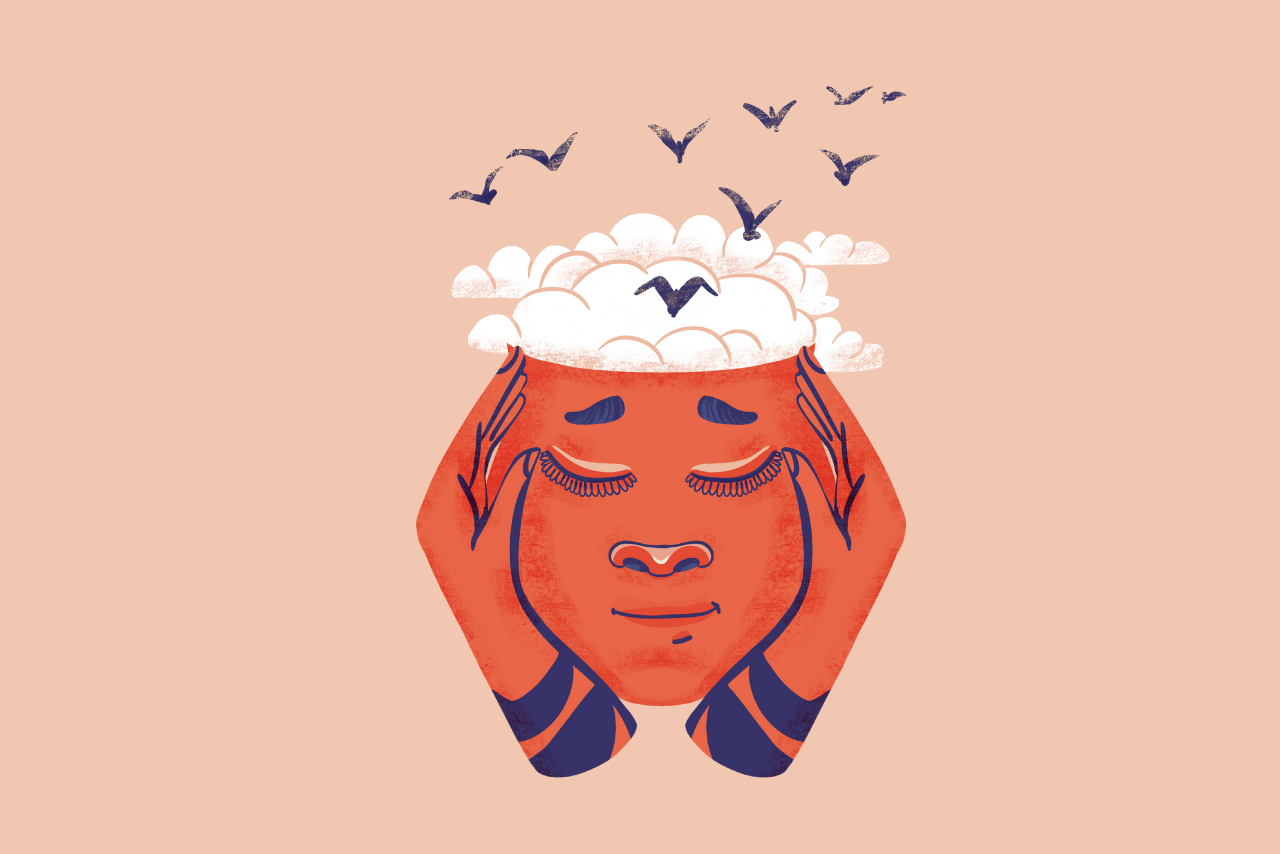

“If you accept a limiting belief, then it will become a truth for you.” ~Louise Hay When I first set…
Read More
“The only journey is the one within.” ~Rainer Maria Rilke Navigating life after divorce has been the hardest thing I’ve…
Read MoreArchaeological Discovery: Nokia Mobile Device from the Late 20th Century In a groundbreaking discovery, archaeologists have unearthed a remarkably well-preserved…
Read MoreThe Economy of Tomorrow: Adapting to an Aging Future and Technological TransformationHumanity faces unprecedented challenges as we approach the future…
Read MoreThe Economy of Tomorrow: Adapting to an Aging Future and Technological TransformationHumanity faces unprecedented challenges as we approach the future…
Read More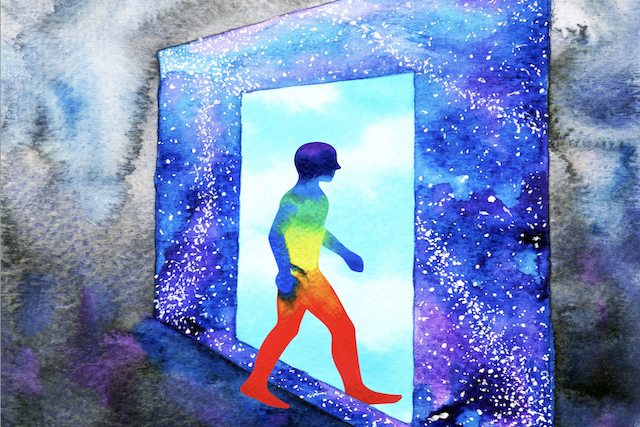
“Life doesn’t owe us anything. We only owe ourselves, to make the most of the life we are living, of…
Read More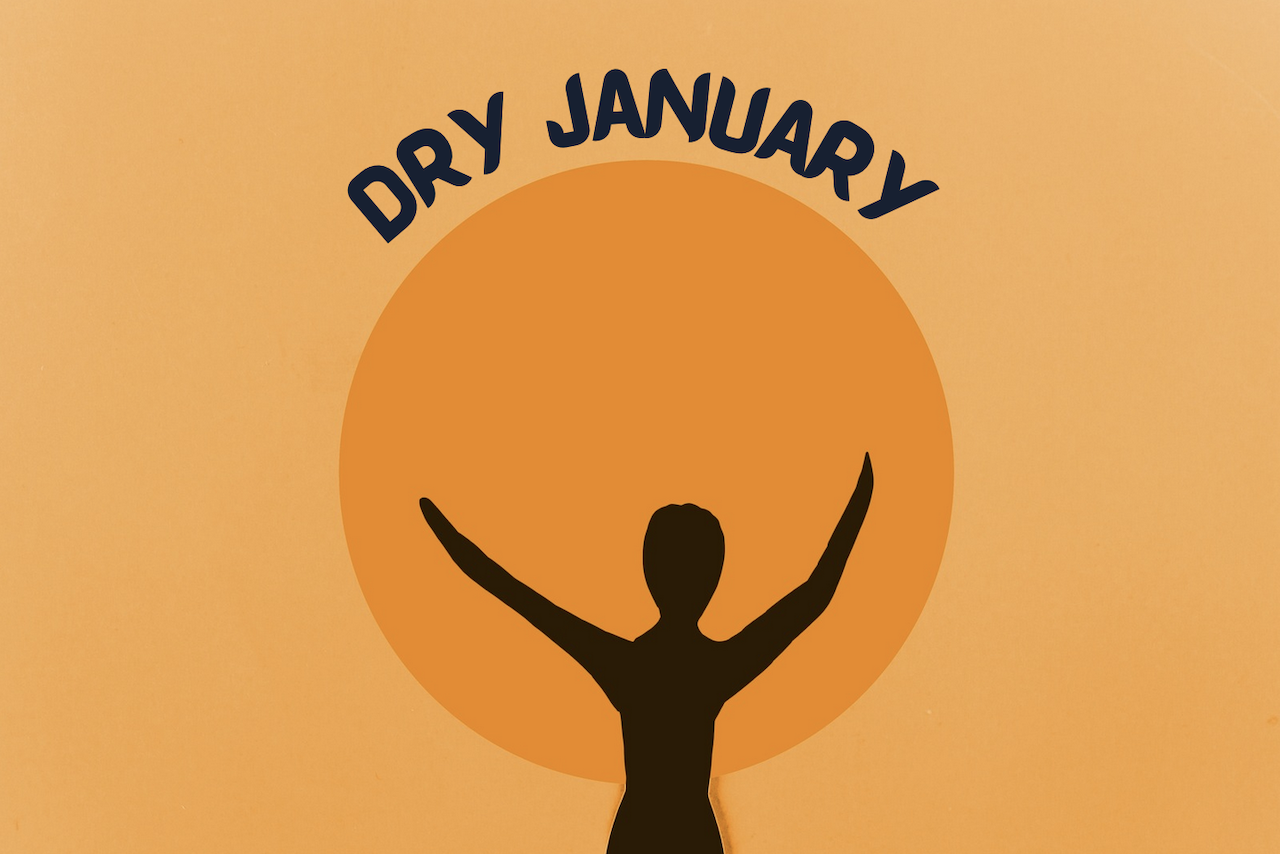
“I think this is the start of something really big. Sometimes that first step is the hardest one, and we’ve…
Read More
Imsha Rehman, born on October 7, 2002, in Lahore, Pakistan, is a prominent social media influencer known for her engaging…
Read More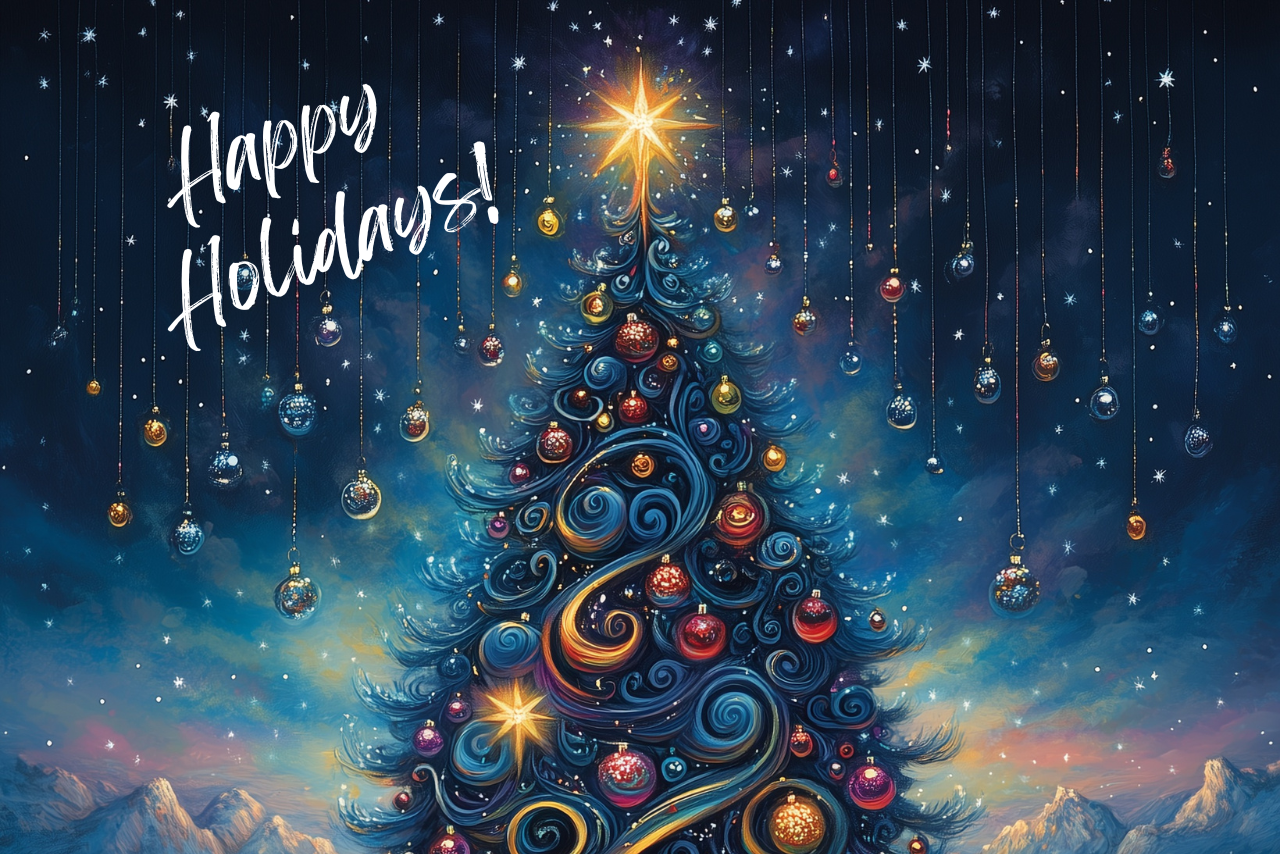
The holidays can be a magical time, filled with beautiful memories and traditions that remind us of what truly matters…
Read More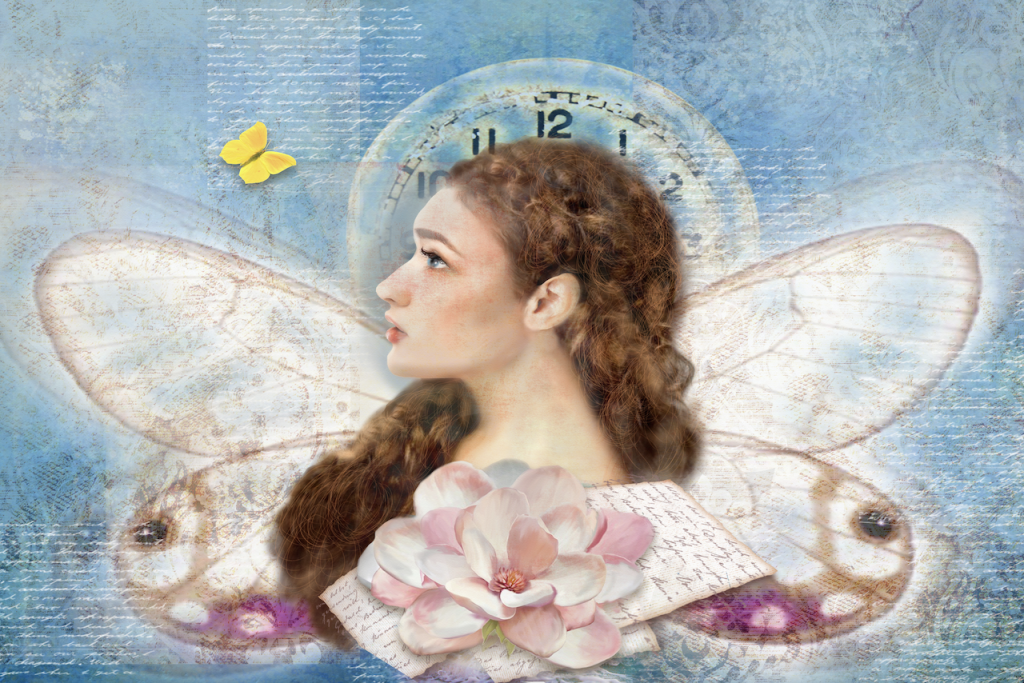
“It’s not about time, it’s about choices. How are you spending your choices?” ~Beverly Adamo You hit a point in…
Read More